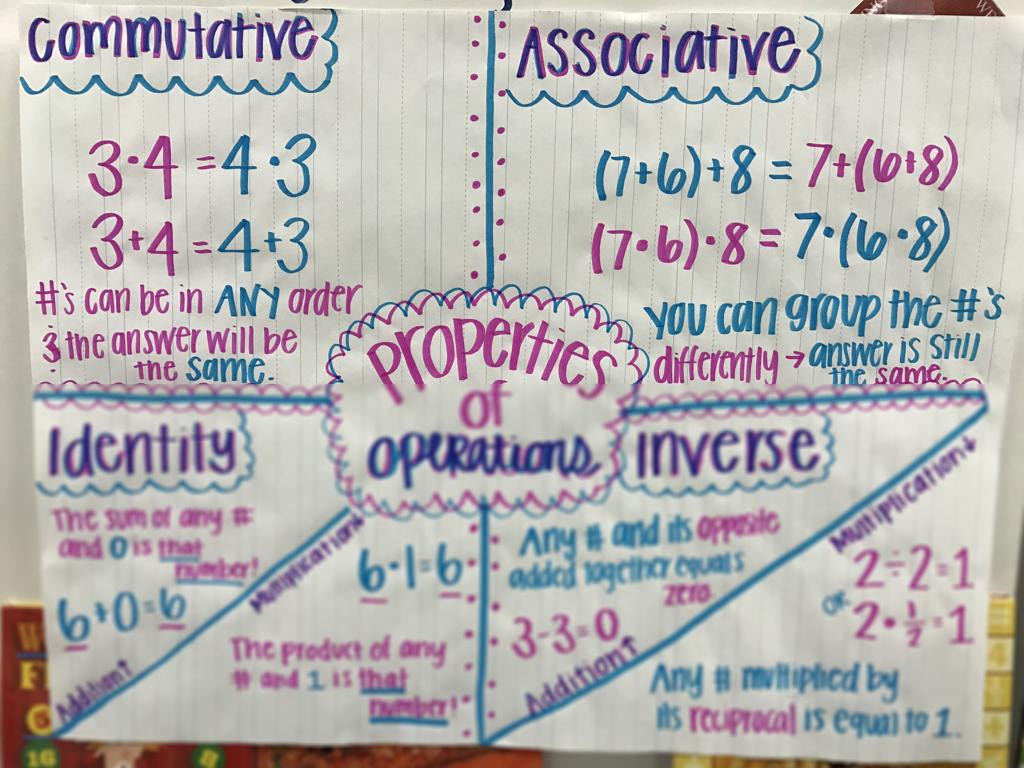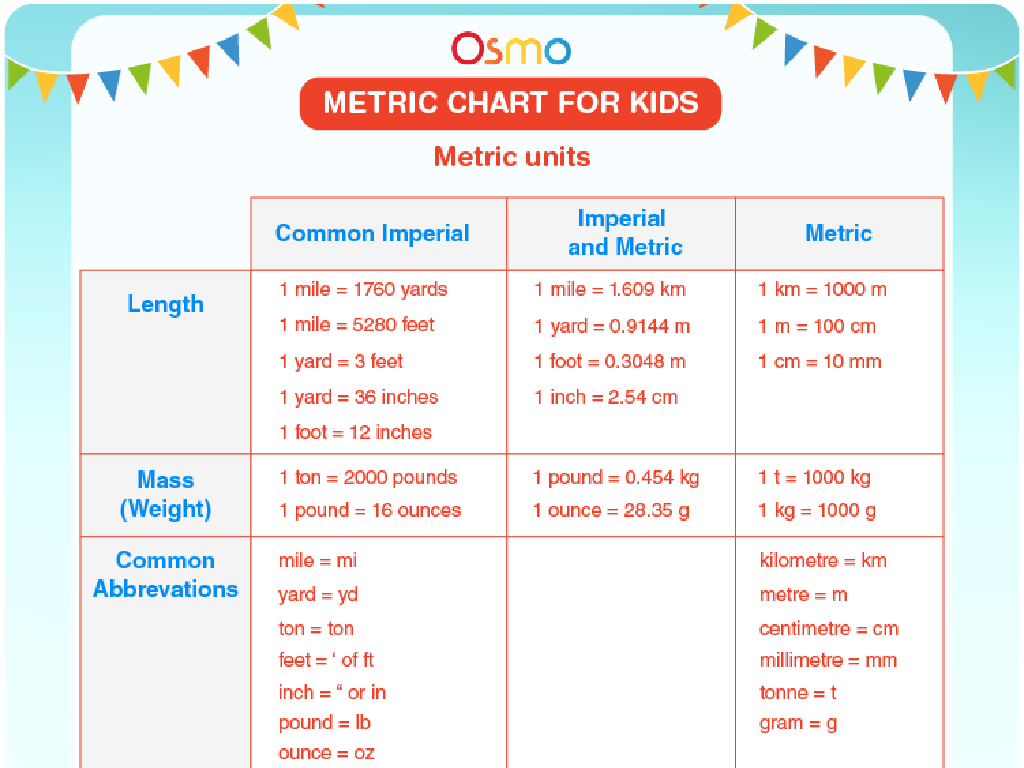Identify Inherited And Acquired Traits
Subject: Science
Grade: Fifth grade
Topic: Traits And Heredity
Please LOG IN to download the presentation. Access is available to registered users only.
View More Content
Welcome to Traits and Heredity!
– What makes us unique?
– Inherited vs. acquired traits
– Inherited traits are passed from parents, like eye color. Acquired traits are learned or developed, like riding a bike.
– Traits of living organisms
– Traits are characteristics that define organisms, such as fur color in animals or leaf shape in plants.
– Examples of traits
– Inherited: hair color, eye color. Acquired: language spoken, playing an instrument.
|
This slide introduces the concept of traits and heredity to fifth-grade students. Begin by discussing the uniqueness of each individual and how our traits contribute to this. Explain the difference between inherited traits, which are passed genetically from parents to offspring, and acquired traits, which are gained through experience or environmental influence. Emphasize that all living organisms have traits that define them, and provide relatable examples for students to understand. Encourage students to think of their own inherited and acquired traits for a personal connection to the material.
Exploring Traits in Humans and Animals
– Traits: A basic definition
– Characteristics that make us unique, like hair color or leaf shape
– Physical trait examples
– Human: eye color, Animal: fur patterns
– Traits: Seen and unseen
– Some traits are visible, like height; others, like blood type, are not
– Significance of traits
|
This slide introduces the concept of traits, which are distinguishing qualities or characteristics of organisms. Traits can be physical, like the color of a person’s eyes or the pattern of an animal’s fur, or they can be less apparent, like blood type or resistance to a disease. It’s important to convey that traits contribute to the diversity we see in living beings and can be passed down from parents to offspring (inherited) or developed over time (acquired). Encourage students to think of traits they have and whether they can see them or not. This will set the foundation for understanding the difference between inherited and acquired traits.
Inherited Traits: Family Resemblance
– Traits inherited from parents
– Examples: Eye color, hair type
– Traits like eye color or curly hair are inherited
– Leaf shape in plants
– Just like animals, plants inherit traits too, such as the shape of their leaves
– Class activity: Spot inherited traits
– Observe and list traits in classmates that are similar to their parents
|
This slide introduces the concept of inherited traits, which are characteristics passed down from parents to their offspring. Use examples that are easily observable in humans, such as eye color and hair type, to make the concept relatable for fifth graders. Extend the concept to plants with the example of leaf shape to show that inheritance is a universal biological process. The class activity is designed to help students apply their understanding by identifying inherited traits among their peers. For the activity, provide guidelines on respect and privacy, and prepare a list of easily observable traits for students to use as a reference. Encourage students to think about their own traits and discuss which ones might be inherited from their parents.
Acquired Traits in Science
– Acquired traits definition
– Traits that are gained after birth, not passed from parents
– Examples of acquired traits
– Skills like riding a bike, speaking a language, or having a scar
– Discuss your acquired traits
|
This slide focuses on acquired traits, which are not inherited genetically but developed through life experiences. Examples include learning a language, developing a scar from a fall, or learning to ride a bike. These traits can change over time and are influenced by the environment. Encourage students to think about their own lives and identify traits they have acquired. This can include hobbies they’ve learned, habits they’ve developed, or physical changes they’ve experienced. Facilitate a discussion where students can share their acquired traits, fostering an understanding of the difference between inherited and acquired traits.
Inherited vs. Acquired Traits
– Similarities & differences of traits
– Both can influence how we look and act
– Role of environment & genetics
– Genetics determine inherited traits, environment influences acquired traits
– Class activity: Venn diagram
– Compare inherited and acquired traits using a Venn diagram
– Understanding traits through diagrams
|
This slide introduces the concept of inherited and acquired traits, highlighting their similarities and differences. Emphasize that inherited traits are passed down from parents and are influenced by genetics, while acquired traits are developed from environmental factors or personal experiences. For the class activity, provide students with examples of both types of traits and guide them to create their own Venn diagrams to visually represent the overlap and unique aspects of inherited and acquired traits. This activity will help students better grasp the concepts and apply their understanding in a practical way. Possible Venn diagram examples: Inherited – eye color, hair type; Acquired – language spoken, riding a bike.
Genetics and Heredity: Inherited Traits
– Introduction to genes and DNA
– Genes are DNA segments that determine traits
– How traits are inherited
– Traits passed from parents to children through genes
– Dominant vs recessive traits
– Dominant traits overpower recessive ones
– Examples of inherited traits
– Eye color, hair color, and earlobe type
|
This slide introduces the basic concepts of genetics and heredity to fifth-grade students. Begin by explaining what genes and DNA are, emphasizing that genes are like instructions for building and maintaining our bodies. Discuss how inherited traits are passed down from parents to offspring through genes, and introduce the concept of dominant and recessive traits, explaining that dominant traits will show up even if only one parent passes down the gene for that trait. Use examples like eye color, hair color, and earlobe attachment to illustrate these concepts. Encourage students to think about their own traits and which ones they may have inherited from their parents.
Exploring Heredity with Punnett Squares
– What is a Punnett square?
– A tool to predict genetic traits from parents to offspring
– Predicting trait probabilities
– It shows how likely certain traits are to be passed down
– Partner activity: Build a Punnett square
– Work with a classmate to create your own Punnett square
– Understanding inherited traits
– Learn how traits like eye color or hair type are inherited
|
This slide introduces the concept of Punnett squares as a visual tool to help predict the inheritance of traits from parents to offspring. Explain that a Punnett square is a chart that shows all the possible combinations of alleles from the parents. Emphasize the importance of understanding probability in genetics and how it can predict the likelihood of certain traits appearing in the next generation. For the activity, guide students to pair up and use given genetic information to fill out a Punnett square. Provide examples of simple genetic traits to work with, such as flower color or pea shape. The teacher’s notes should include detailed instructions on how to create a Punnett square, the significance of dominant and recessive alleles, and suggestions for discussion after the activity to reinforce the concept of inherited traits.
Class Activity: Trait Survey
– Survey classmates on inherited traits
– Record everyone’s traits carefully
– Analyze the trait data collected
– Look for patterns or common traits
– Present your findings to the class
– Share what you learned about heredity
|
This activity is designed to help students understand the concept of inherited traits by engaging them in a hands-on survey. Students will observe and record various inherited traits among their classmates, such as eye color, hair type, or earlobe attachment. They will then analyze the data to find patterns and commonalities that can be linked to heredity. Finally, students will present their findings to the class, discussing the concept of inheritance and how traits are passed down through generations. For the teacher: Prepare a simple survey form for students to use, explain the difference between inherited and acquired traits, and guide them on how to record and analyze data. Possible variations of the activity could include comparing traits with family members, or even looking at traits in plants or animals to broaden the discussion.
Reflection: The Significance of Traits
– Understanding traits is crucial
– Traits shape our identity
– Traits like height, eye color, and talents make us unique
– Diversity in traits is valuable
– Diversity leads to a rich, varied society
– Engage in group discussion
|
This slide aims to prompt reflection and discussion among students about the importance of understanding inherited and acquired traits. It’s essential for students to recognize that traits contribute to their individuality and the diversity of the classroom and society. By understanding traits, students can appreciate the uniqueness of themselves and others, fostering an inclusive environment. Encourage students to think about their own traits and how they contribute to who they are. The group discussion should highlight the importance of diversity in traits, leading to a broader understanding of genetics and its role in their lives. Facilitate the discussion by asking open-ended questions and ensuring all students have the opportunity to contribute.
Homework: Traits and Heredity Exploration
– Interview family on inherited traits
– Ask about eye color, hair type, etc.
– Write essay on an acquired skill
– Describe learning a skill like riding a bike
– Study for traits and heredity quiz
|
This homework assignment is designed to help students apply their understanding of inherited and acquired traits in a personal context. By interviewing family members, students will gather real-life examples of inherited traits, such as eye color, hair texture, or even certain behaviors. The essay on an acquired skill, such as learning to ride a bike or play an instrument, will allow students to reflect on the process of learning and how it differs from inheriting traits. Preparing for the quiz will encourage students to review the concepts learned in class. Provide guidance on how to conduct an interview and tips for writing their essay. The quiz should cover key terms and concepts related to traits and heredity to assess students’ comprehension.





